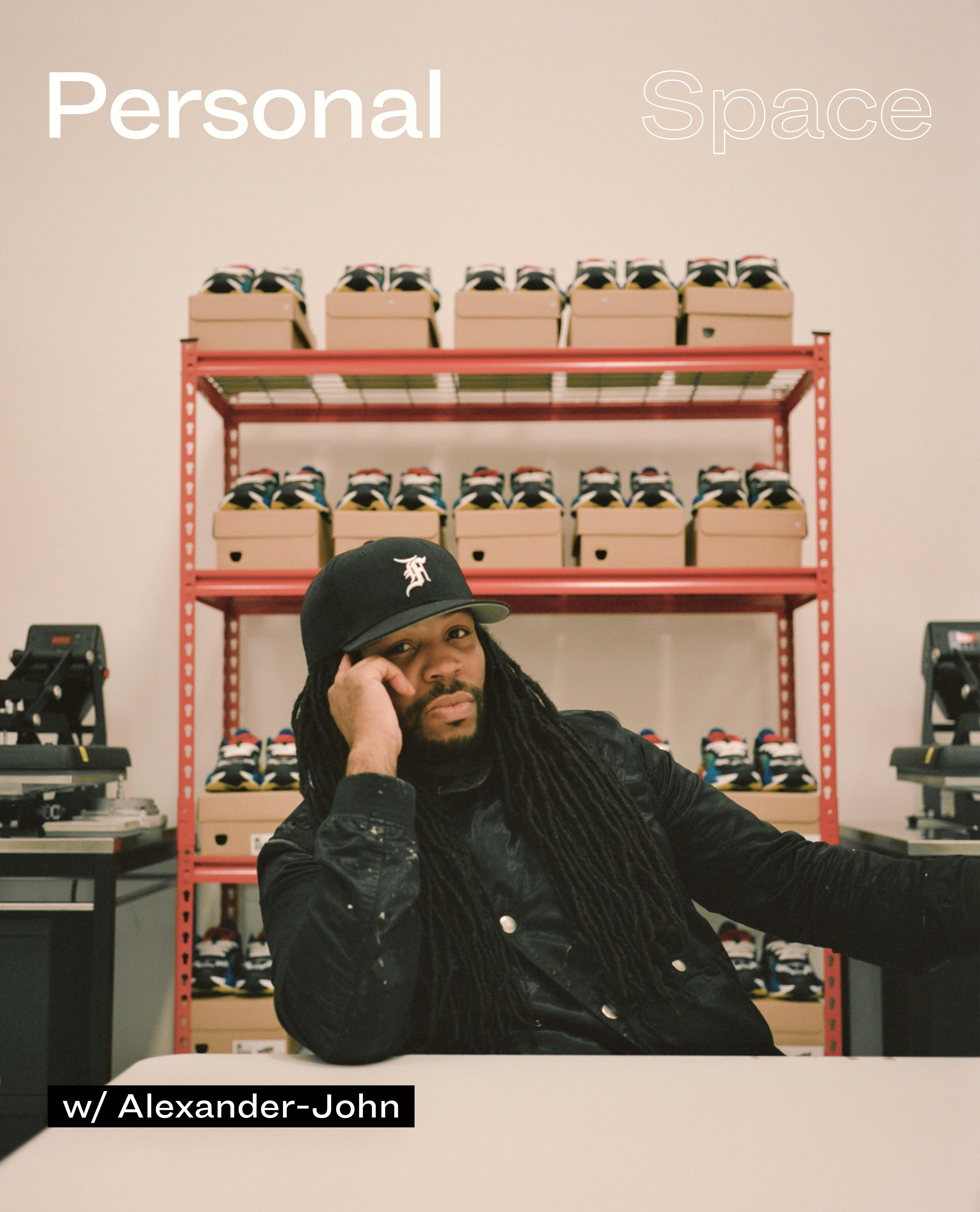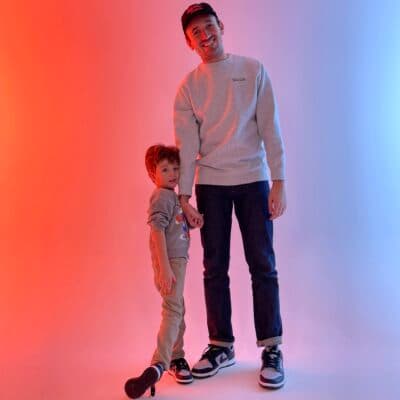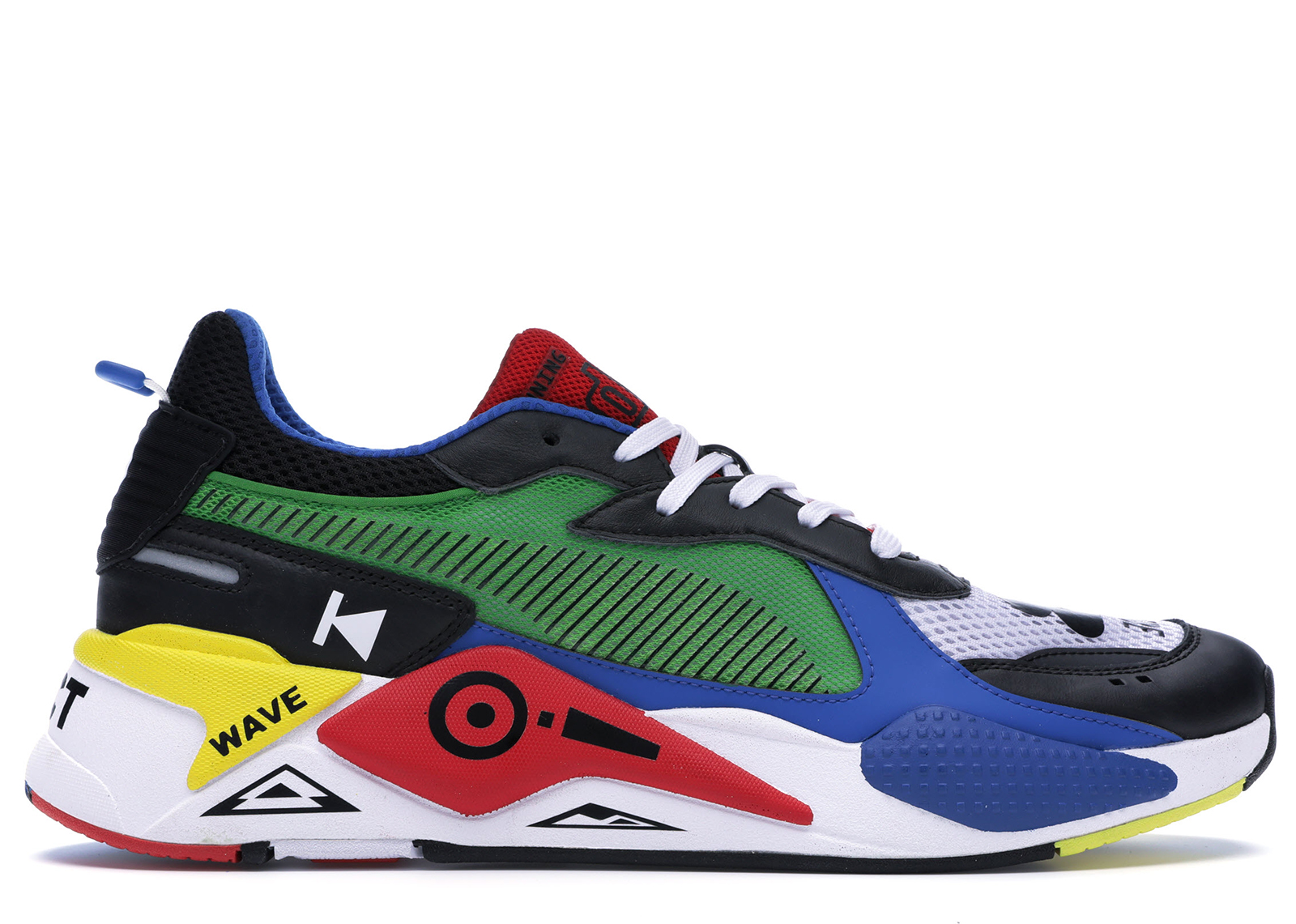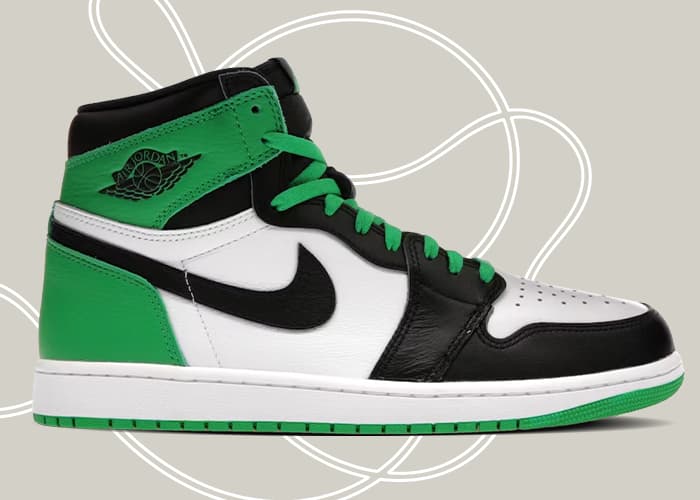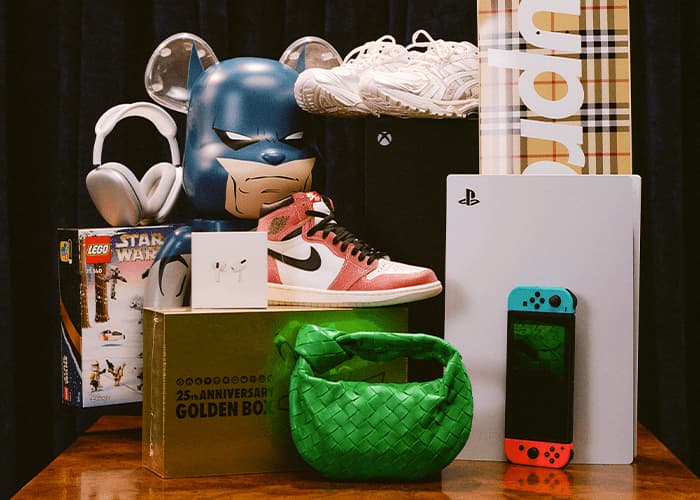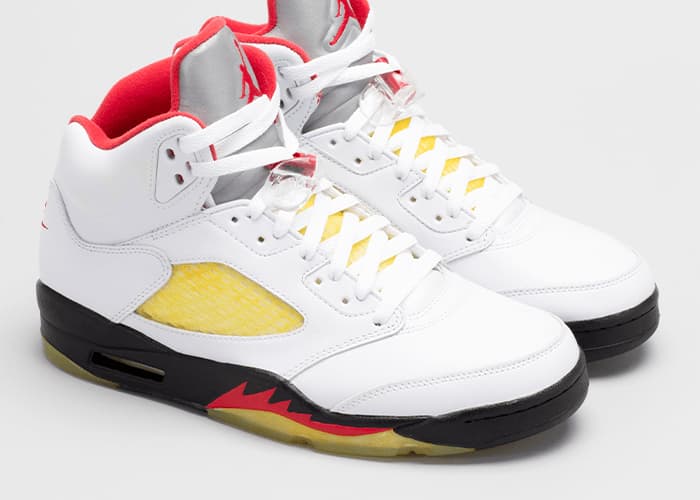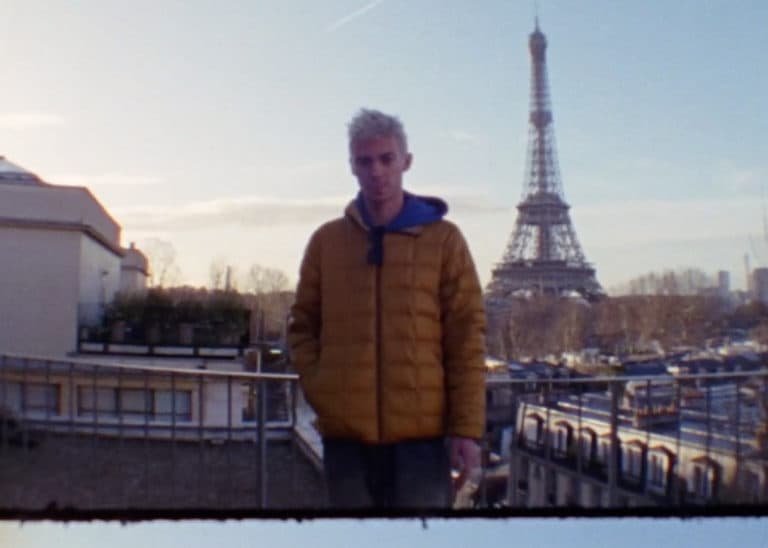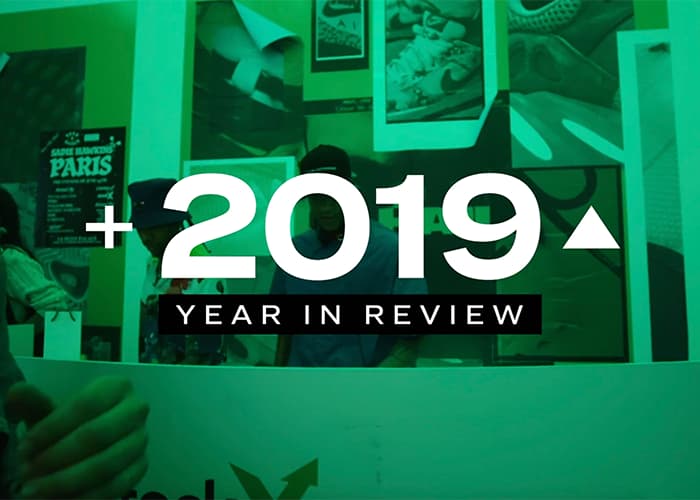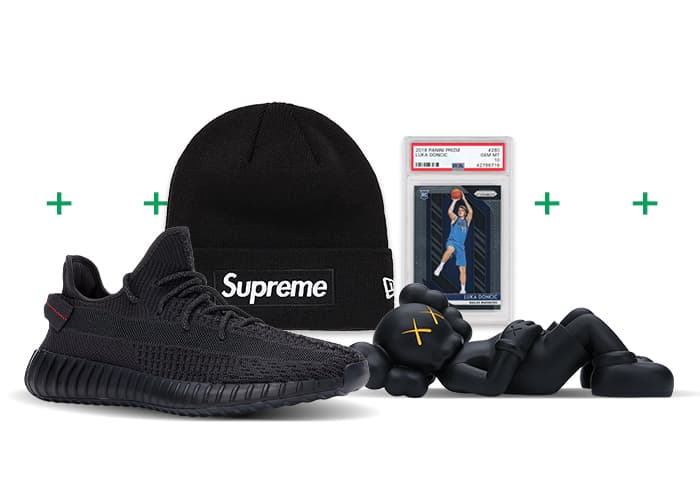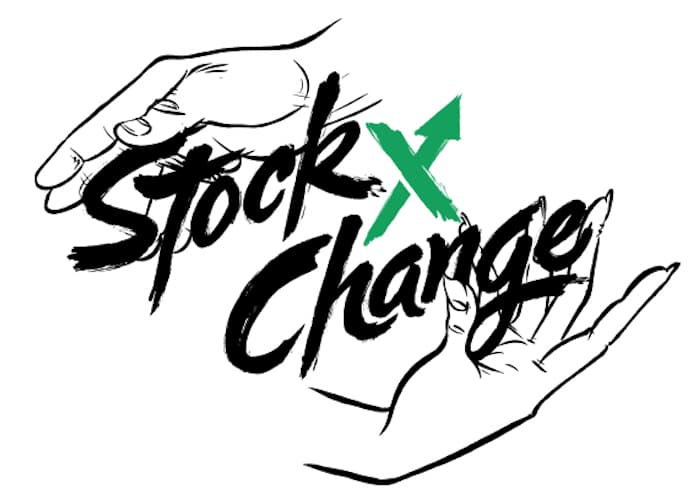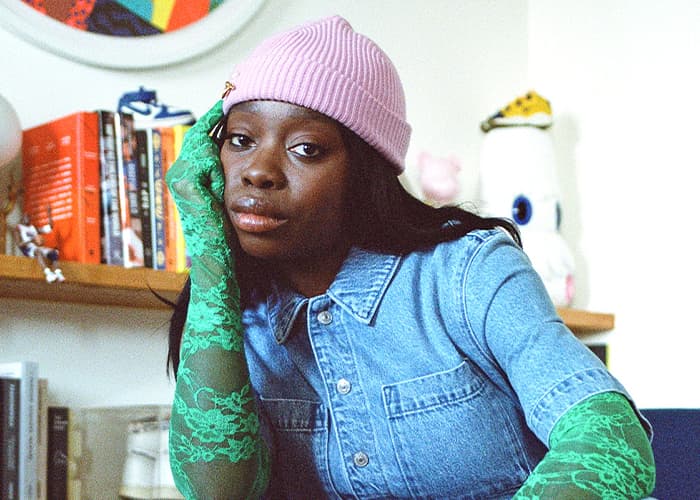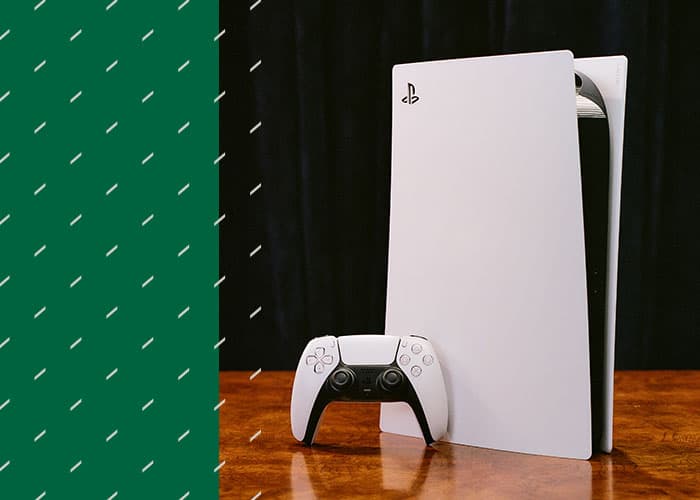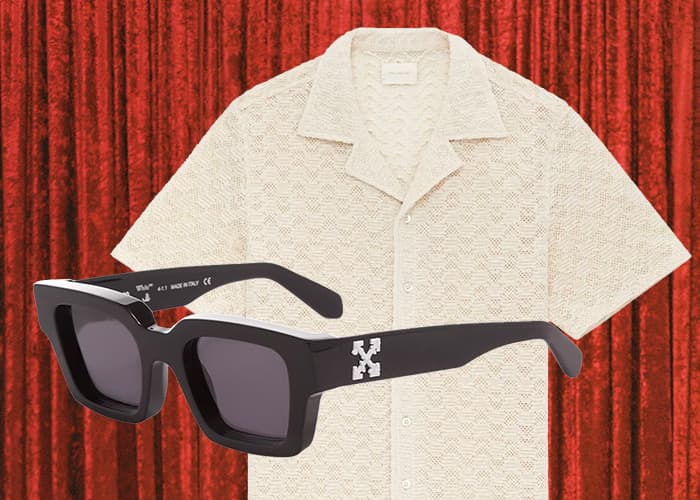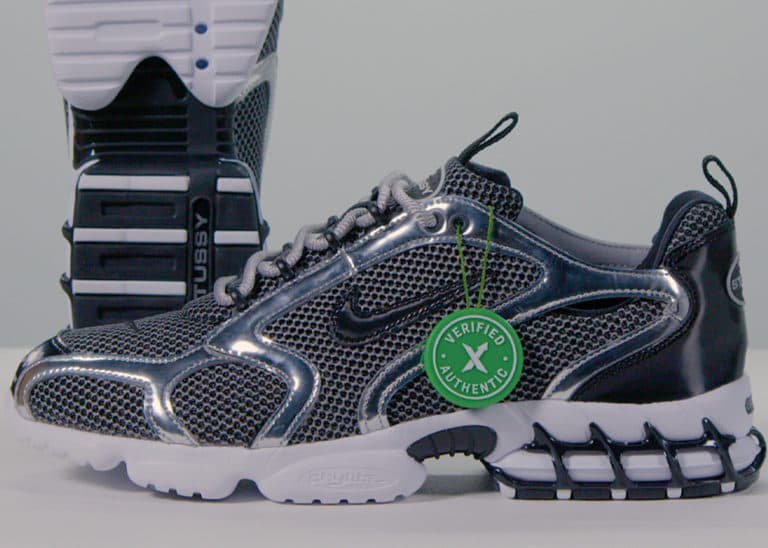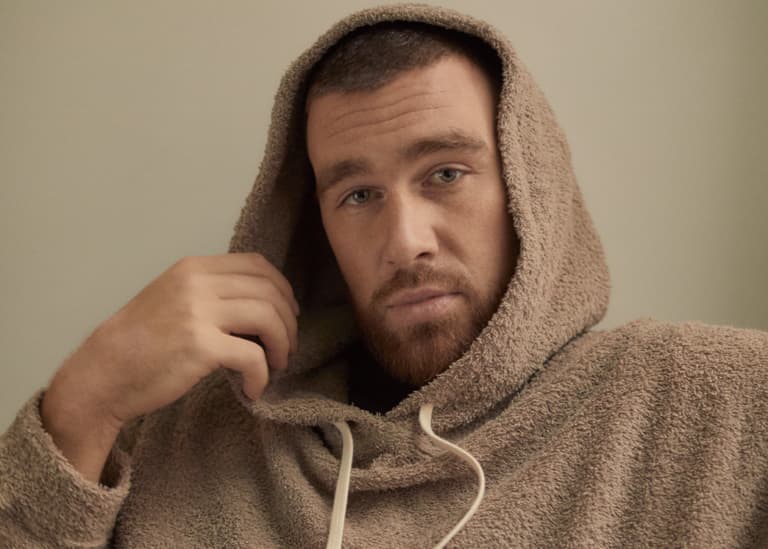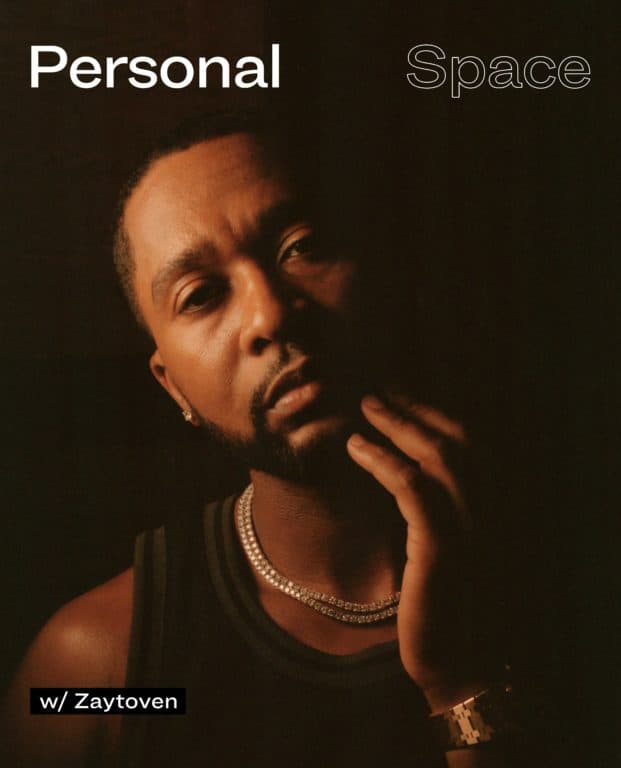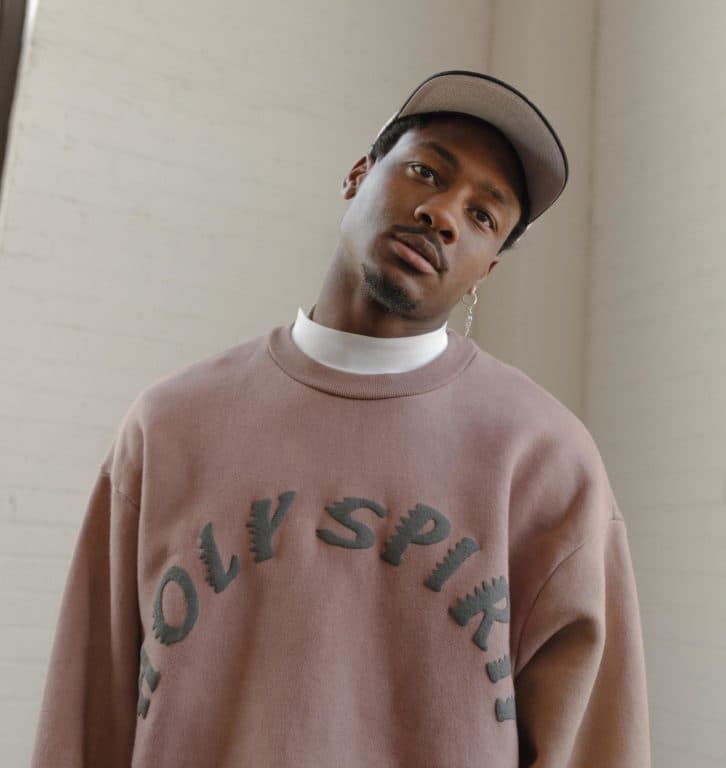
Editor’s Note: Sitting in an undisclosed studio outside of Atlanta, Alexander-John is quiet. It’s a stark juxtaposition to the numerous loud, brightly colored Puma RS-X Mixtape sneakers lining the shelves behind him. The same hip-hop inspired sneaker that he dropped 30 pairs of at ComplexCon in 2018 and immediately sold out. Building enough hype to cue Puma for a larger release of the shoe in December of 2019.
While this would be a momentous win for almost any sneaker collaborator, this is just another addition to an already impressive design portfolio for Alexander-John. From Puma to Reebok to adidas, and more, he has gone from customizer and hobbyist to now sought after designer.
StockX recently caught up with the designer to talk about his creative journey, and how his studio space informs his work.
StockX: Can you introduce yourself?
AJ: My name is Alexander-John and I design and I do creative consulting. I happen to be able to do custom sneakers at the same time, but there’s a lot of creative direction going on. Much more than what people know.
A lot of times people think it’s magic or they think, “Hey, you just airbrush something.” Well, what was in the airbrush and what’s going to make it stick to the shoe and bond to the shoe? It matters. If you don’t mix it properly, then you don’t even get a bonding agent. Now this player’s embarrassed because they’re zooming in on his shoes and you can see that, it’s colors off, scrapes off, cracking, peeling.
StockX: I didn’t even think about it to that extent. It seems it’s up to every detail that matters.
AJ: It really does if you want to do it successfully. I think that there are a lot of guys (who do this) that are really great at art, but I don’t think you have to be good at art to do this. I do think that you need to love science too. You need to love problem-solving, being able to figure something out and you have to have patience.

StockX: Where do you go to gain your inspiration to create?
AJ: I pray about everything, man. I grew up very religious and I see reason and purpose for it because we didn’t have much growing up and even when we did have, there were circumstances that landed us into positions that were just unsavory. We had to move a lot. There was a lot going on. The faith that my mom taught us to have was instrumental. It was something that we couldn’t live without. So growing older, I didn’t depart from that.
As things got better, it wasn’t that I felt, “Okay, things are good now, so we should stop praying.” For me, it’s things are great now so I need to pray even more because the success levels that you reach and the inspiration after, it’s beyond what you can think or where you think you can go. You need to continue that.
StockX: Conceptually, shoes like the Puma RS-X Mixtape have a direct connection to your past and interest in hip hop, the ‘90s, the culture. Are you always constantly pulling from your past, your experiences?
AJ: That’s the way to stay true, but the key to me as a designer is to connect it and have an authentic story that I can tell from my perspective because I’m being asked to do that. When you ask me to do a shoe or do a custom, I feel you’re asking me for a story. You’re asking me to tell you a story and it needs to be good. It needs to be something that people will believe and buy into. For me there’s research that takes place. As long as you connect thoughts and emotions to the design, you will always have an audience that’s willing to listen because they’re there because you’re speaking to them.

StockX: Can you talk about your process and how you research?
AJ: The process for me depends on the case. Let’s take the Puma RS-X Mixtape for example: what they asked me to do at first was 90s tracks. As I thought about it, there’s too many tracks in the 90s period to even try to put any lyrics on the shoe, that wasn’t going to work. That was the first set of research that was done. In my head was just 90s golden era of hip hop. No, no, tracks. The next thing I moved on to was East Coast, West Coast. No. I didn’t want anyone to marginalize or feel territorial about the shoe. Because we’re doing this in LA, but yet a New York guy can come and want to pick it up too. I’ve got to do something for everybody. So I scratched that idea. The next thing was that I wanted to play off the colors and that’s what brought along the graphics after that and have these 90s colors.
All this stuff just started popping into my head and then I was able to finish the design and send it over for consideration. It was turned down at first. It wasn’t actually turned down, it was maybe you should consider putting some words on it, putting some, maybe some lyrics or something. I had to stick to what I felt was going to work and I was just like, this is it. I think that we should move forward with this. They were like, “Hey, no biggie.”

StockX: Did you go to school to create design?
AJ: No, I didn’t go to school for it. I started doing customers’ sneakers by mistake.
A guy that I knew that when his store was set up, it was a sports store at Mitchell in New Jersey, that type of thing. He was wondering how he can set the store apart. I was telling him that I had a friend that did custom sneakers, he was actually really good, and he was a friend of mine. I called him up and said, “Hey, I think I got a client for you. Let’s put some shoes in his window.” This is going to keep him separate. This guarantees business for him. He said yes to it at first, but then I want to say it was three days before store opening, he called me and said he wasn’t going to be able to do it, and the guy freaked out.
He said, “What do you think about doing it? Could you do it?” At the time I had never done any custom sneakers. I told him I’ll give it a shot. He got me three pairs of Air Force Ones and I took them home, took a moment, prayed about it, and next day I was able to turn up with some designs. I did a Cleveland Browns design with the Cleveland Brownie on the side, then I did the Cavaliers Ron Harper Era and those went in the window. There’s a Jim Brown Jersey on one side with this little shoe with the L for it and then on the Brownie. Then there’s the Rod Harper Jersey on the other side of his window and it has a Cavs Ron Harper logo with the ball and net, and people went bananas. We sold 10 pair that day, and our goal was to sell 10 and that’s it. We were thinking we’re going to do that over a month.
We sold 10 and opening at 350 a pair, because what I did, my thing was I didn’t want to just do what I saw other people do. I wasn’t good at hand painting straight lines because you remember I don’t do this. I drew the design on the shoes and then I engraved it into the shoes. I actually used a wood burner cut it into the shoes, and it made my design unique.
StockX: Nobody talks about Ron Harper as a Cav because he played two or three years there. But people that know the Cavs and are from Cleveland know that trading of Ron Harper was tragic. That potentially kept them from one of your couple of rings.
AJ: (That trade) brings back the feelings, you got Jim Brown in one window, you got Ryan, both of them got away. Jim left early to become an actor and he’s, “I’m not going to ruin my knees.” Then you had Ron Harper who had an early exit. Both of these were pulling on the heartstrings of the city and a spot that they would love to remember. What better to remember these moments by then a dope pair of sneakers.

StockX: Is nostalgia a big thing for you in design?
AJ: I think nostalgia helps you keep things authentic when you know where things started, you can kind of like even modernize it. It’s still cool to be able to look back and say, “Wow, this came from there,” and you transform this into this new idea. Yeah, I would say it’s a big part of it. I like doing vintage and modern mash-ups.
StockX: Is the main driving force for you that you want people to feel something?
AJ: I do. I feel something when I’m done with a design, there’s a quiet where the shoe isn’t asking for any more. It’s, it’s weird to say it that way, but I feel like that movie “The Horse Whisperer”, I feel like I’m the Shoe Whisperer. Each shoe, no matter where it’s, I rarely see a shoe that’s not asking for extra design or could use an extra touch of something. So I know I’m not done until it’s this solid moment of silence where it’s like, “this is it.”
StockX: It seems like it goes beyond an idea or a design.
AJ: I think that comes from my childhood of coming from a place where you can easily be distraught living in the projects and you see a lot of things happen to people you love, people you don’t know, and you’re just like, “When do I ever get out of there?” Well, for me, I was always working to get out of there and I saw the old person next door that needed help with their trash. I saw the guy at the corner store couldn’t keep his parking lot clean. It was all these little odd jobs that I saw that were like, “I’m in a place where you’re not supposed to make it out, but if I help this person, that person and connect all the dots, maybe there’s a way that I can at least bring food in or get these sneakers I want.”
I swept up in a barber shop for $3 a night. I was maybe 10, 11, but I begged this guy for a job at the barbershop because I just saw that I don’t get haircuts. My mom was on food stamps; I don’t get haircuts. So maybe if I sweep up for this guy, then I could exchange the sweeping for a haircut every other week, and it worked. Now I had a haircut, and I learned how to cut hair after that. So it was always seeing the good and whatever it was that I think that other people can look at it as detrimental.

StockX: Did you have any spaces along the way that have influenced how you design?
AJ: I live in my head a lot and I’ve taken a lot of places with me.
We moved from state to state as a kid and at first I thought of it as a bad thing because I’m the guy that’s in the yearbook but not in the school. It was always these moments where, right as I’m grasping on this something, I’m moving to a new town. What I realized as I got older, it worked to my benefit because now I’ve actually absorbed all of these places. Style in Detroit is different from Cleveland. It’s different from Chicago, they’re all Midwest, but everybody has their own thing. I’m able to live here, live there, and now I can mash all these ideas together.
StockX: You talked about Atlanta, like your appreciation for the arts scene. Can you touch on that a little bit more and why this place is unique and how you draw inspiration from that?
AJ: I’d never lived (in Atlanta) before, but coming here to live, I was inspired off of the art scene. It was so free here. I think living in the Midwest I saw a lot of more territorial type of artistry going on where somebody has a hold on a certain market and that’s what you see or you’ll go to a New York and it’s everybody’s doing everything. I felt in Atlanta you could be heard, and on top of that you still have a lot of great art and great artistry coming out of here, it’s just untapped.
That inspired me to come here and to look deeper into the scene and say, okay, “I can contribute in a way where I’m showing what I can do, but also keep this culture going of being raw with how I do it.” Because you go down to Five Points and there’s all types of art down there just on the walls and on the back of their building is like crazy tags and nobody disrespects the tags. But for the most part, I’ve seen art live here not just in the gallery, just outside and in the space in this encouraging as an artist to see that because it feels like this place is supportive of whatever gifts you have.

StockX: Can you talk about designing your studio space?
AJ: The walls were actually salmonella yellow. Actually, it was more like, imagine a coffee shop with mocha walls and really chill vibes. When we first got this spot it would make us sleepy. We couldn’t work in here because it was so chill. The goal was to create a space that allowed nonstop thought, and nothing does that like gallery white. We wanted to make sure that your mind had space to think. I can look up at the ceiling sometimes, just taking a break from my screen and it allows me to think, it allows me to take a break, and process some things and then I can come back down. It’s almost a trip because the ceilings are so high. Having the white walls, it’s almost like it makes everything dramatic. I had to make sure the space was painted out white, after that I had to add the lights. I needed light closer to what we were doing.
StockX: Was the Puma RS-X Mixtape designed in here?
AJ: The mixtape was designed in here, but it was done before the walls were white though. The level of creativity was still high for me, but I can’t say the same for the people that I work with, they were like, “Oh man, the white is so much better.” They loved it when the change happened.

StockX: What other designers do you keep in your space, and what do those pieces mean to you?
AJ: Louis DeGuzman. The Bart Simpson piece, that’s my childhood, man. Bart was the first rebellious cartoon. I know it may be bad. My parents hated Bart. But for me Bart had a skateboard, Bart had a flat top. That was everything that I was as a kid. While I wasn’t rebellious, I had the slingshot. So seeing that piece for me, it brought me back to my childhood. It brought hard feelings, when he modernized that piece and abstracted. I was really excited to get that in here because every time I look at it, it reminds me of a time where I was drawing Bart a lot.
I was able to draw Bart so well in school that I had a teacher come by in school and she thought I traced it. She said, “There’s no way you could do those eyes like that two perfect circles, no way.” I don’t know, it reminded me that I’ve got history in this. I’ve been doing this for a long time. There’s another piece in here that I got from Destanie Rodriguez, an artist in Cleveland, and she did these pieces of Charlie Brown and they’re hyped up a little bit because they’re wearing BAPE pieces and stuff. But what’s cool about that piece is that she did that on her phone with her finger. She did a whole gallery show, and I was like, I got to support this because that’s the way I started before I did graphic design and computer. I had a Samsung Note, and everything that I did for clients graphic wise was on my Samsung Note. But then I graduated to computer of course, but she did that, and I couldn’t believe it. I was like, I got to support this artist.

StockX: What is it for you that keeps you motivated to what you just said? Are you at a party and you’re like, man, “I’m thinking about the next shoe to design.”
AJ: There’s a kid that’s out there like me, that grew up not having the coolest things, but understanding that it’s all for a purpose and all for a reason. I think that there are guys that I looked up to that I went to for inspiration and went to for validation. Guys that worked like I work now and had they not, then I wouldn’t have the ability to look at them and say, “I can do it too.” I hear a lot of people wanting to be successful and wanting to be a star, but I think that it’s work, you have to work at it.
StockX: Almost like an athlete obsessed with their craft.
AJ: Exactly. What keeps me motivated it’s just understanding that there is somebody else that’s just as hungry as I am, that’s probably younger than me, that’s looking for the opportunity to say, “What do I break out and do?” If I’m able to show them or able to be that example, then that’s what I do at for.

StockX: What do you want your legacy would be to have any question you ever thought that maybe you had?
AJ: My legacy, I would say I want it to be like my grandfather is, my grandfather was a guy that came from nothing, and he was eating, having dinners at the white house, getting his company grant money from two bushes, which is the toughest administrations. To see him do that was like, “Wow, anything is possible.” I aim to inspire the kid just like me, the new generation of entrepreneurs who are faster, who are smarter, but just need to have that push to say, “What, because he’s been there, I can actually put my foot in that footprint.”I want my legacy to be, the guy who did everything that he said he can do well.
StockX: What is your personal space?
AJ: My personal space is my sanctuary. It’s a place where I come for quiet time. It’s a place where I come to pray at times, away from it all. It’s a place where I go to war with my ideas and find out what works, it’s a place where I discover myself over and over again.


